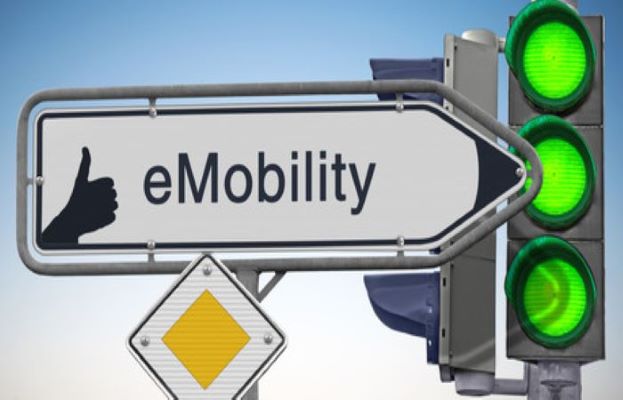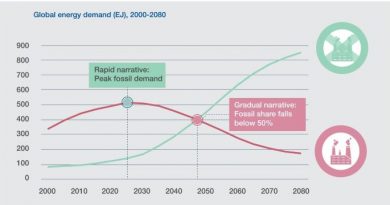CII Calls for Consultations Among EV Sector’s Stakeholders for E-Mobility Plan

Leading Industry lobby body CII has called for multi-stakeholder consultations across the value chain with a special focus on the affordability of electric vehicles, in a statement it relased on Sunday. The Industry body CII informed that it has engaged with stakeholders from industries, including renewables, electricity and power, battery makers and auto manufacturers, to create recommendations that will help India achieve its goals of lowering emissions and meet its climate change commitments.
“Constructive disruptions driven by market forces coupled with enabling policies is the kernel of any innovation and we are hopeful that the same is adopted as India readies itself for the advent of new technologies in mobility including electric vehicles,” said Vikram Kirloskar, president at CII.
The industry body suggested a three-pronged strategy for deciding the electric mobility roadmap going further. The statement made a concise remark on the three levels of the strategy:
*One of the first strategies to adopt is to set the right goal that should be seen from the macro perspective of carbon footprint and energy security. The target and the timeline set to achieve the desired goal needs to be deliberated with diverse stakeholder consultations at the initial phase so that it is both sustainable and achievable. While India has managed to position itself globally with ambitious targets it will be important to take stakeholders along, in setting the targets. CII applauded the government for its targets of 175 GW in renewables by 2022.
* Second, CII also urges the government to be technology-agnostic in its approach as the transportation sector like any new industry segment is witnessing huge and transformative innovations both in vehicles and batteries. “It will be constructive to allow multiple technologies as long as they are fuel efficient and meet standards of safety and quality,” Mr Kirloskar said. This is true for batteries as India needs to also look at the challenges of sourcing raw material that will need to keep geo-political priorities of the country in mind. Openness to all technologies with clear goals should help stakeholders make the right choices.
* The final strategy for making the transformative mobility mission effective revolves around the affordability of customers which will depend on market forces. Vehicles like two wheelers and three wheelers are preferred modes of transport in rural villages and towns where most of India resides (tier 2 and 3 cities) which can bridge the rural-urban divide. CII added that it may be significant to record the growth in this segment and how it impacts household income. In 2018, two-wheeler market breached the 21 million units mark for the first time.
“It will be constructive to allow multiple technologies as long as they are fuel efficient and meet standards of safety and quality,” said Kirloskar and also added, “The processes of how we get there should be driven by market and industry, to get the best results for the nation.”
According to estimates by auto industry association SIAM, the industry’s turnover is close to half of the manufacturing GDP, supports 37 million jobs and contributes 11% of the GST revenues of the country. It also supports a host of manufacturing and services industries.




